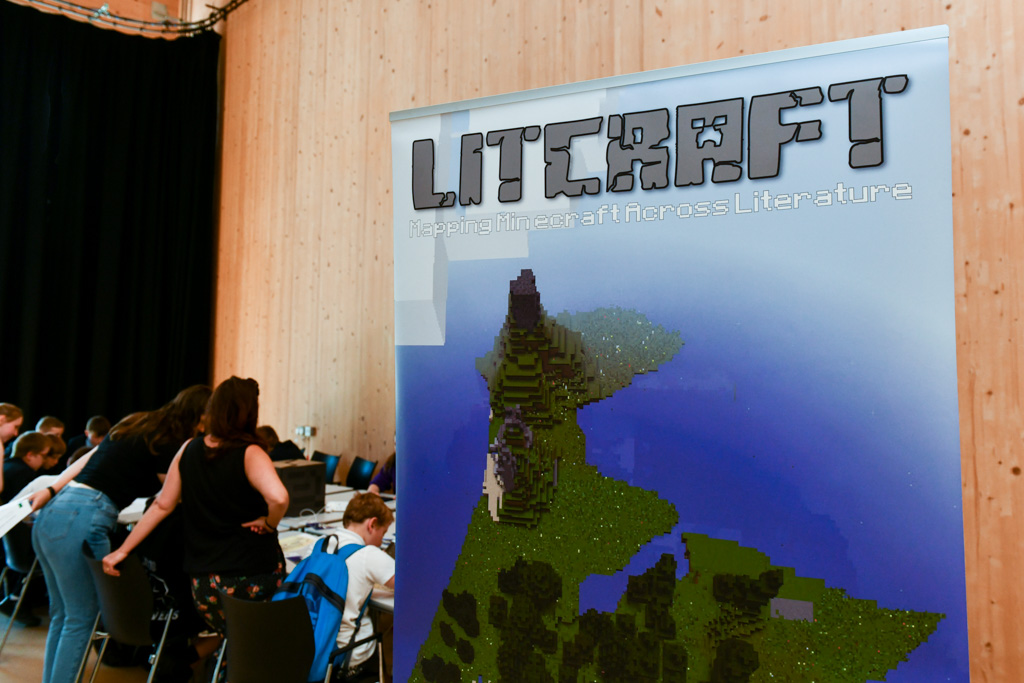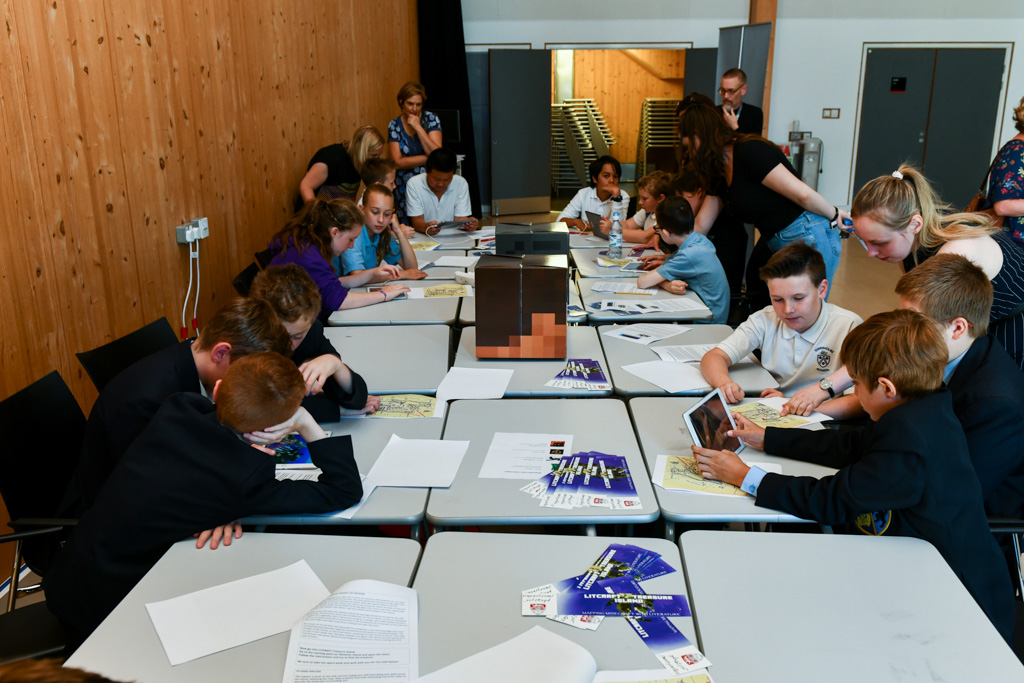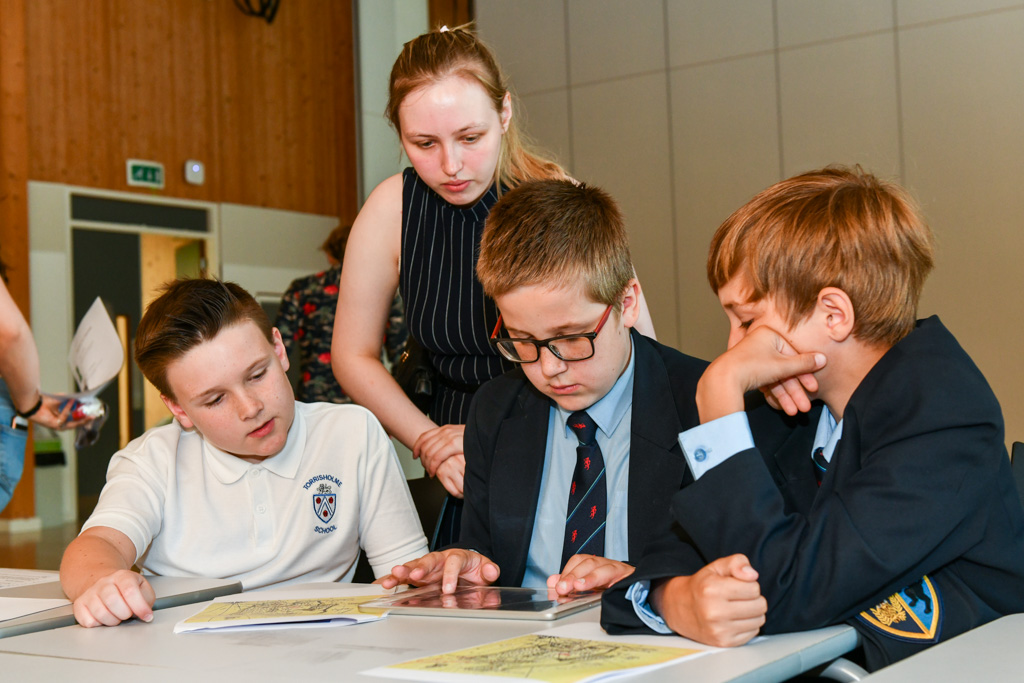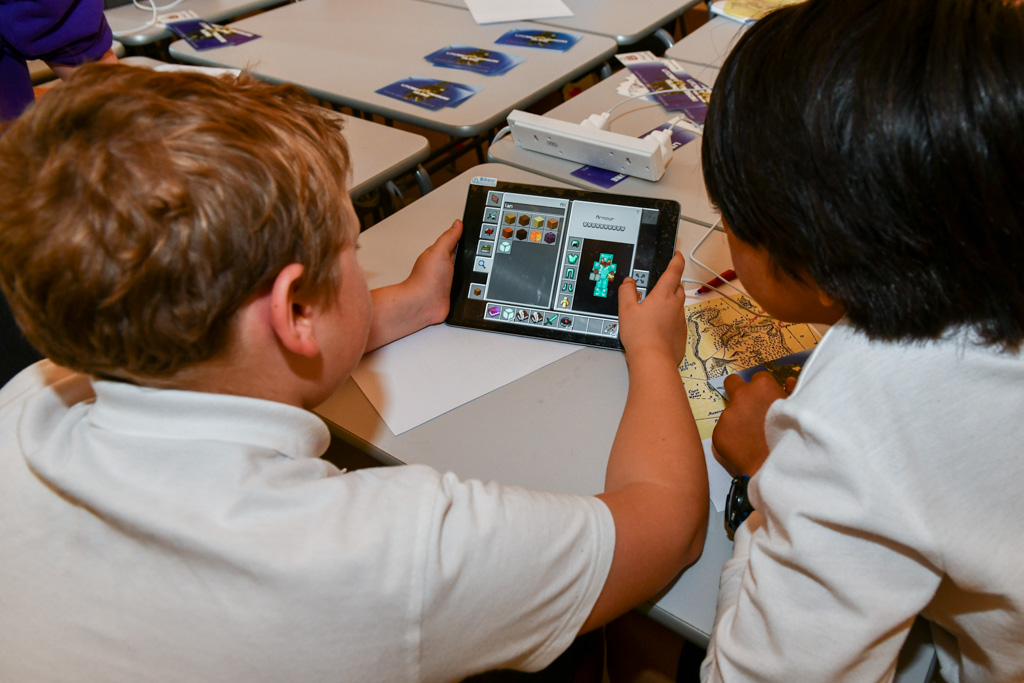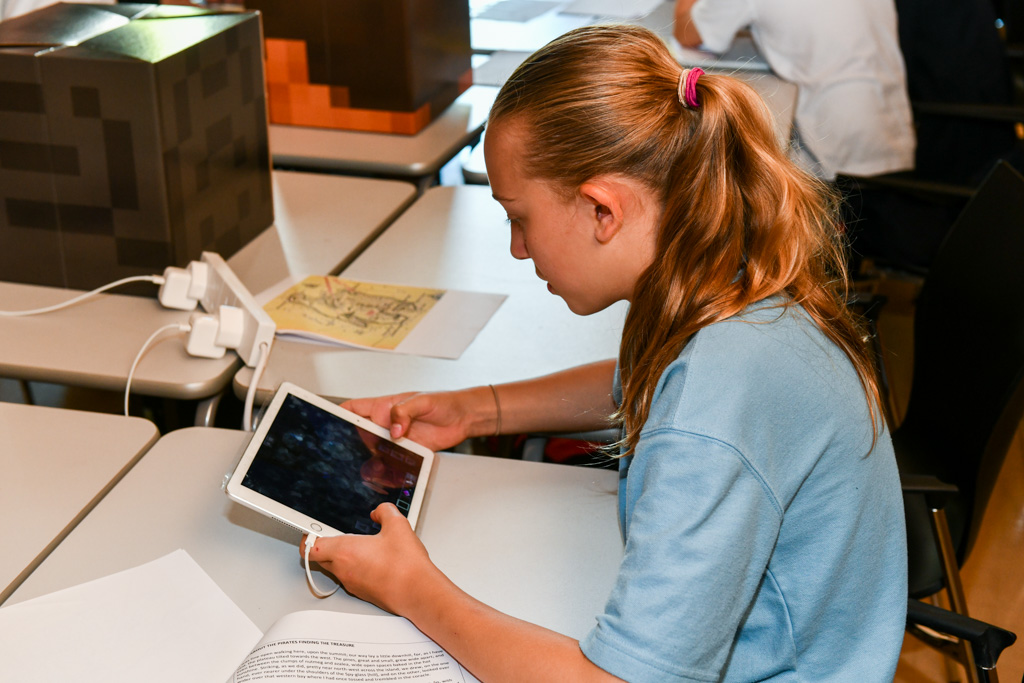Chronotopic Cartographies
Mapping Literary Spaces in Minecraft
Ongoing
Introduction
Chronotopic Cartographies is an AHRC Funded 3-year project at Lancaster University (Department of English Literature and Creative Writing). Conceptually the project sets out to solve a deceptively simple problem that had previously restricted spatial exploration of literature: the problem of how to generate the "base map". Where a text is set in a space that appears to correspond to the real world (e.g. London in a Dickens' novel) this appears unproblematic, but where a text creates a world with no direct correspondence there is nothing on to which to map textual elements. The project solves this problem by generating the base map out of the text itself, using XML coding of place-names and other toponymic elements to generate representations from a complex spatial schema for literary time and space. Those visualisations then enabled interpretation across texts and images in a range of ways depending on the sophistication of the audience.
The primary focus of the underlying research is the development of new methods and tools for reading, mapping and interpreting literature in the digital medium. “Literary mapping" is interpreted in its broadest possible sense as denoting explicit visualisation of represented fictional places generated out of the text and transformed into a range of maps from static GIS maps to full 3D worlds and walking tours. The project has three primary objectives: developmental, conceptual and communicative: to develop new digital tools for mapping and visualising literary space and place; new methods and approaches that opened up the field of literary mapping; and to make the work accessible to future generations.
Litcraft
Litcraft uses the popular Minecraft gaming platform to build accurate scale models of authorial maps from classic works of literature. Impact is achieved by re-engaging children (primarily though not exclusively) with literature in a model of positive reinforcement that makes works accessible in entirely new ways, combining the textual and the digital. Reading and writing are integrated with an immersive experience of the literary world. This is achieved through a structured framework that involves a prior reading and vocab task; an in-game activity in the immersive environment that builds on the textual preparation; and a follow-up writing task. Litcraft essentially enables an entirely new way of reading that moves across and between the text and its visual/spatial representation. It has the most powerful impact on pedagogy and on individual readers – potentially changing reluctant readers into lifelong readers. But it also has an impact on use of, and numbers of, visitors to libraries and museums and on larger accessibility to and understanding of literary culture and heritage.
